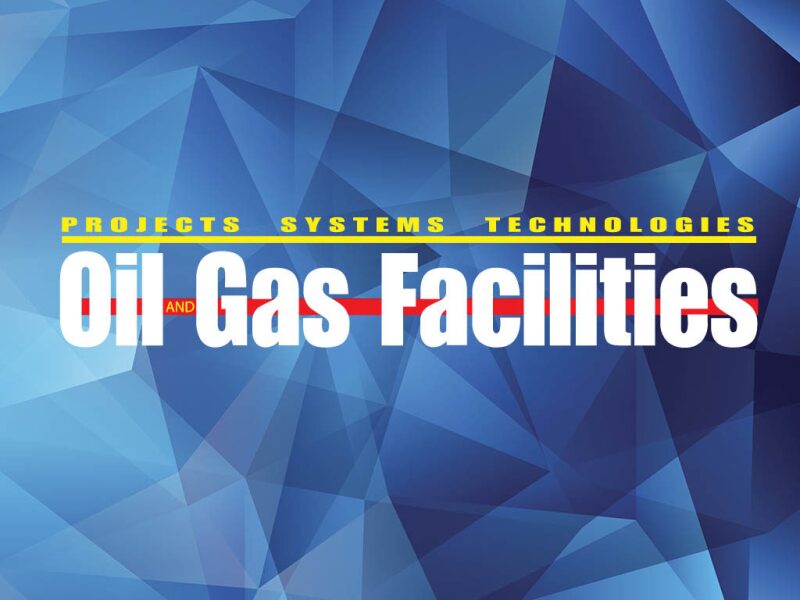Summary
Horizontal heater treaters are commonly used to separate oil/water emulsions from enhanced oil recovery in heavy oil reservoirs. Conventional burners used in these heaters can cause hot spots that result in coking of the viscous emulsion on the outer surface of the firetube. This coking layer acts as an insulator and results in high tube-wall temperatures, leading to an early failure of the firetube. The problem may be exacerbated when polymer injection is used in the recovery fluid because of the increased viscosity of the fluid and the thermal breakdown of the polymer, which create a thicker insulating layer along the firetube.
To reduce coking and the resulting firetube failures, a conventional burner can be replaced with a radiant distributed-flux burner that spreads the heat over a much larger area, with a very uniform flame shape. The distributed-flux burner consists of a porous-ceramic cylindrical surface that provides surface-stabilized premixed combustion, such that combustion characteristics at every point along the cylindrical burner surface are nearly identical. This reduces the peak heat flux within the combustion zone significantly, reducing the likelihood of hot spots and the potential for coking compared with con- ventional burners. At the same time, more heat is distributed farther down the length of the firetube, increasing heat transfer in the rear section of the heater and improving its overall efficiency and heater throughput. Firetube life is increased because of the lower peak temperatures of the tube wall, and because less heat may be needed to achieve the required process throughput and water cut.
This paper presents data from both pilot tests and field tests of a recent burner retrofit of a horizontal heater treater at an oil sands field in northern Canada. The retrofit was completed in a 2-day effort. On the basis of recent field data, thermal analysis, and measurements made in laboratory tests, the distributed-flux burner is compared with a conventional burner with respect to thermal efficiency and tube-wall temperatures.

